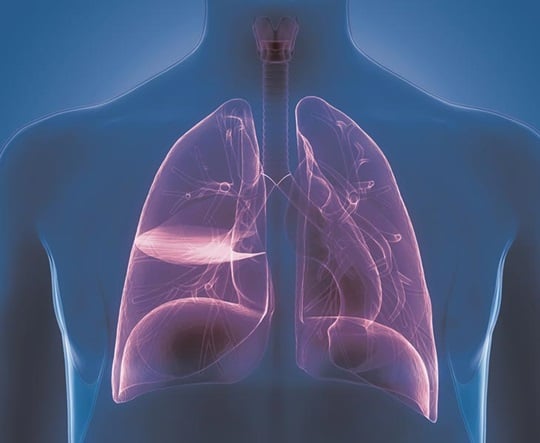HARTMANN SCIENCE CENTER

Nosocomial infection of the lower respiratory tract has a share of approx. 20 per cent of all nosocomial infections. And almost 90 per cent of all nosocomial pneumonia infections are associated with intubation and mechanical ventilation. Half of all critical-care patients need to be ventilated and are therefore at high risk of developing a ventilation-associated infection. Ventilating patients longer than 24 hours increases the risk for pneumonia to 30 per cent.
As basis for the surveillance of nosocomial respiratory tract infection both the CDC (Centers for Disease Control and Prevention) and the Robert Koch-Institute (RKI) developed definitions that differentiate between clinically defined pneumonia, common bacterial pneumonia / fungal pneumonia, atypical pneumonia, and other infection of the lower respiratory tract without evidence of pneumonia, e.g. bronchitis, tracheobronchitis, tracheitis.
Please click here to view the RKI definitions of nosocomial infections (CDC definitions).
